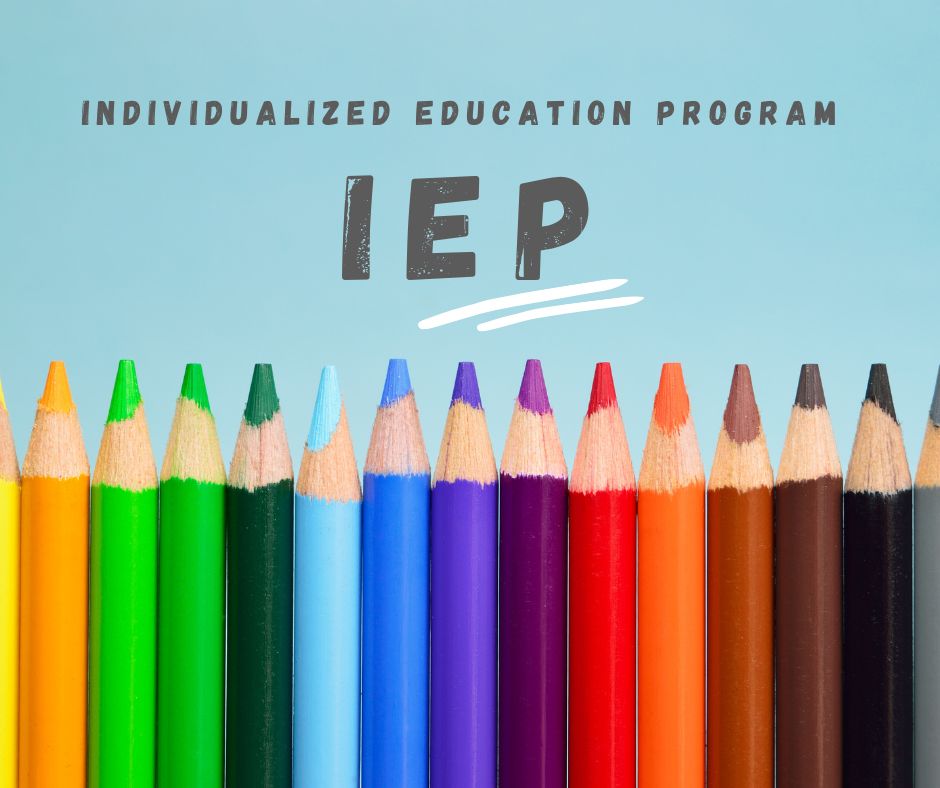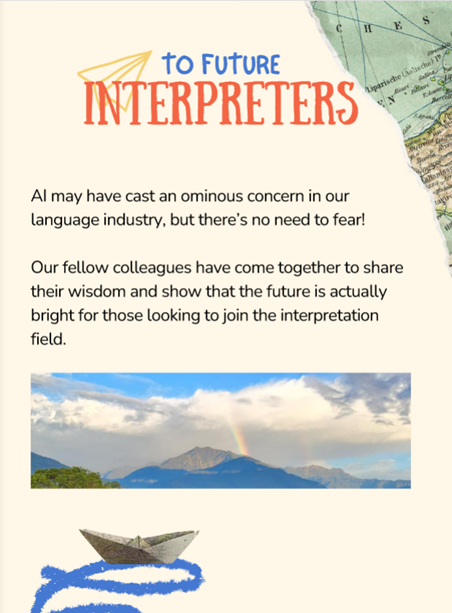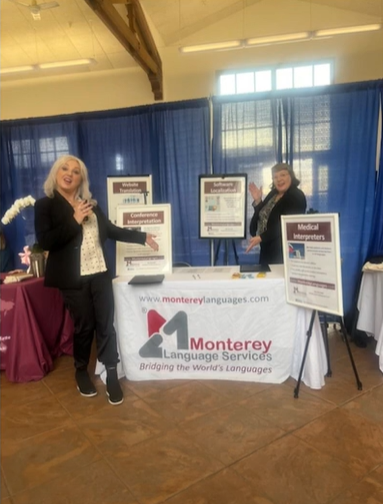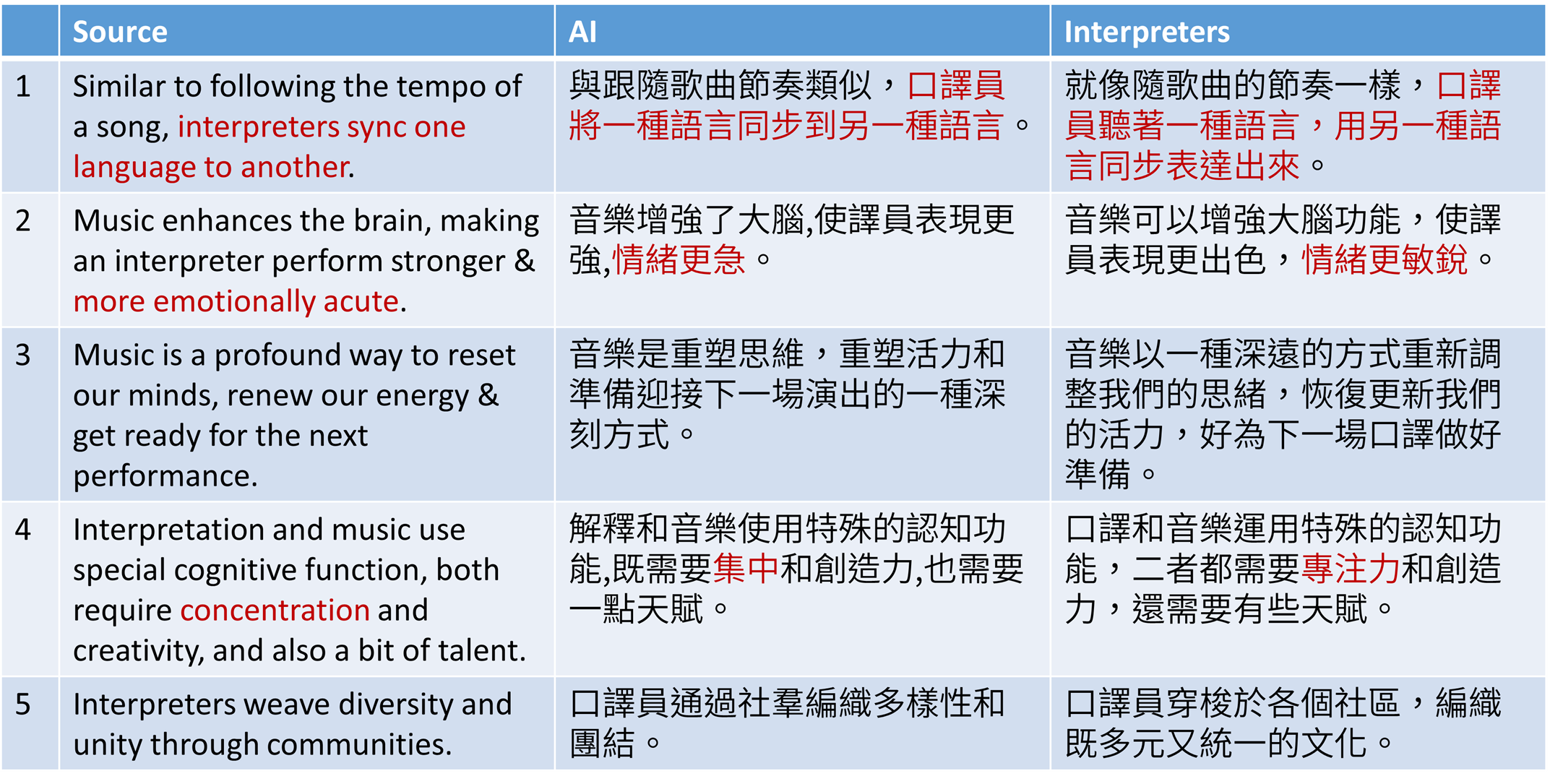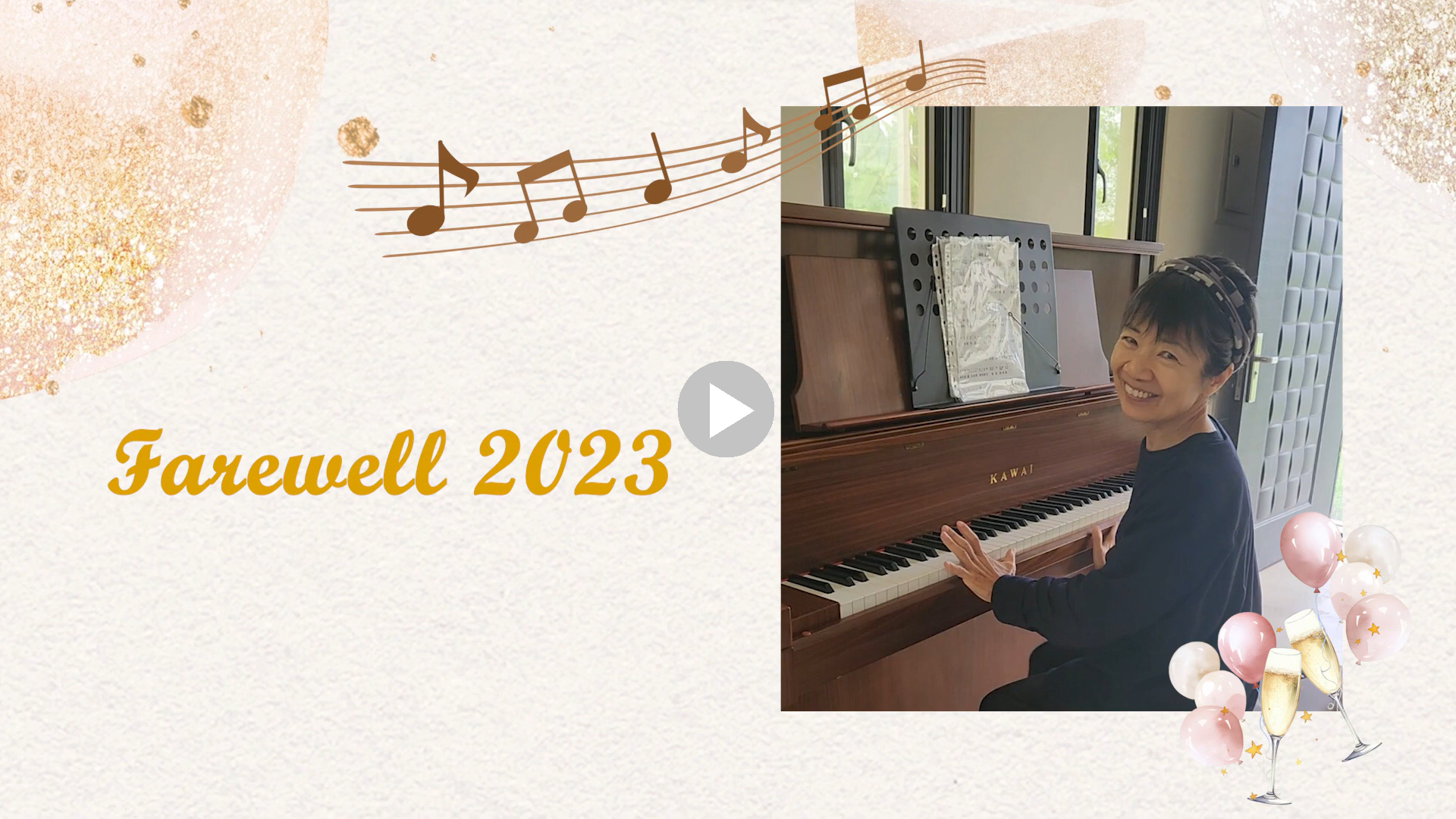After a summer’s worth of hard work, we are proud to share our latest project: a video series diving into the charming world of Jay Chou’s iconic song, “Blue and White Porcelain.”
The series consists of three engaging parts:
- Educational Video: An introduction to the key terms and concepts in the song, providing valuable insight into its cultural and historical references.
- English Translation: A clear and thoughtful translation of the lyrics, making the poetic beauty of the song accessible to a broader audience.
- ASMR Lyrics Reading: A soothing experience featuring an ASMR reading of the lyrics, allowing you to enjoy the lyrics in a unique and calming way.
Click to watch all three parts combined in one video on YouTube.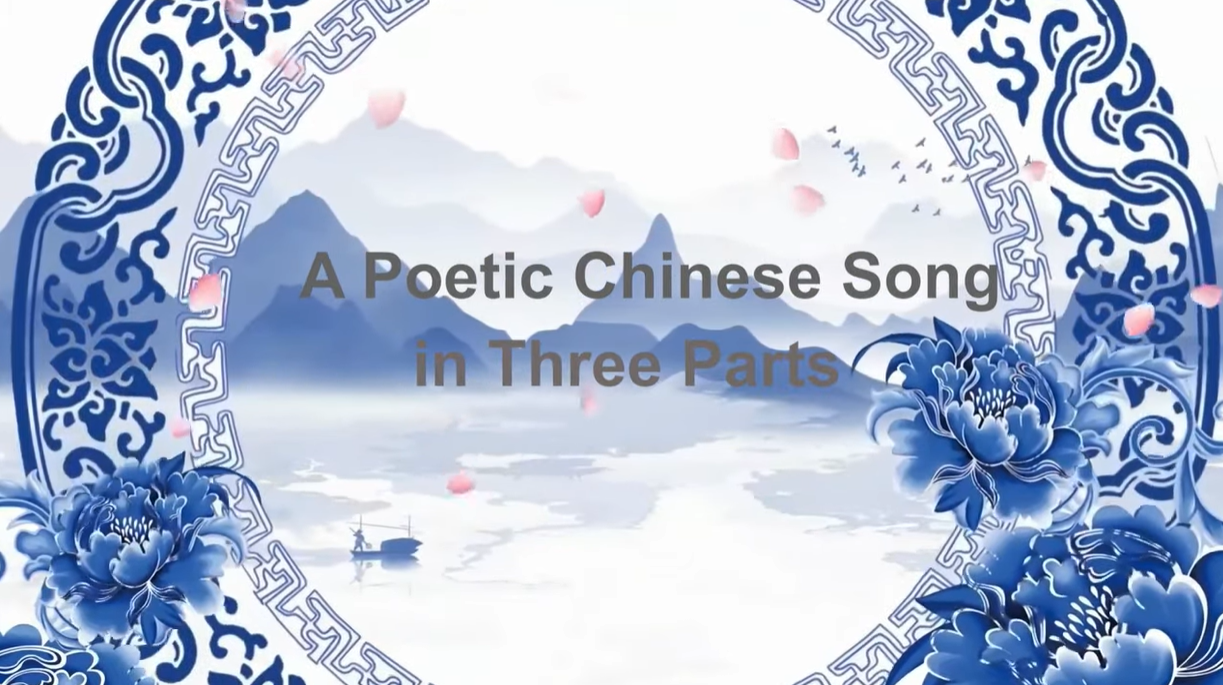
Feedback Received
It is delightful to be able to engage our clients in a dialogue about culture, poetry and translation!
A client of Monterey Language Services shared a wonderful interpretation of Blue and White Porcelain of her own with us after reading our translation. She thought the song described the beloved landscape scenery of China as captured in blue and white porcelain pottery.
How did this story happen? Let us share how Monterey Language Services turned this beautiful piece into a fascinating project!
Spreading the Joy of Translation
The song “Blue and White Porcelain” by Taiwanese artist Jay Chou was released in 2007, so why did we choose it for our 2024 summer project? The idea didn’t come after a lot of planning or brainstorming, but as a sudden enlightenment.
At the start of the summer, Mei-Ling kept hearing “Blue and White Porcelain” in different places, so she decided to learn it. The more she sang the song, the more the beauty of the Chinese culture embedded in the lyrics resonated with her. Appreciating the poetry of the lyrics, Monterey Language Services decided to share the song with a broader audience by translating the Chinese lyrics into English.
Even non-Chinese speakers were able to join in this effort. In this video, Layla, a Spanish interpreter whose native language is English, read the translation as a poem. We then developed the reading further using ASMR techniques.
This story is an inspiring example of the power of translation to facilitate communication between people of different languages and cultures.
Collaborative Teamwork
This project is the product of collaboration between many colleagues and professionals. The end result surpasses what one person is capable of doing alone.
We started the project with Christoph, whose Chinese-to-English translation follows the syllable-count and meter of the original song and provided the foundation for what was to come. See our previous blog post for more information.
After the English translation video was complete, Shreya joined in. She suggested adding an educational video with eye-catching images to explain the key terms in the lyrics.
Layla thought the English translation was poetic, so she performed a reading in her clear and gentle voice. Her soothing tone inspired Shreya to suggest creating an ASMR version.
Finally, we wanted to create a complete sensory experience. Gary edited the background music and added sound effects such as rain falling on leaves, fire crackling, and pottery wheel clicking. These effects enhanced the video and made it atmospheric.
We are proud to mention that the younger generation also played a part. The background image of the ASMR video was drawn by De-Yi Lee, a junior high school student.
For this project, we have many people to thank, including the song’s original composer and singer Jay Chou and lyricist Vincent Fang. The song inspired a lot of creativity, which has made this project very enjoyable.
Through the collaborative efforts of many talented individuals, we were able to produce a video with a clear vision.
Video Editing
The combined video has three parts, and we created it in three different phases. As the videos consist of many different elements, video editing was required to combine and synchronize them. Smoothing the audio and creating seamless transitions between different segments were also fun to handle.
In the introduction to Parts One and Two, we used a stunning animated image of falling flower petals, while a blue and white bowl rotates in the background. On its own, the animation is beautiful, but when put it into our video, we felt that the speed was a little too fast.
The video is aimed to relax rather than energize, so we decided to slow the animation down, reducing the speed by half. The effect was immediate and magical. The animation was seamlessly integrated into the rest of the video.
From start to finish, we made sure that there are smooth transitions throughout the video. Our aim was to find a balance between joy and serenity as well as between majesty and simplicity, while maintaining a relaxing mood on the whole.
Translation Journey
Before translating the lyrics, we took the time to decide on our approach. We weren’t merely trying to produce a mechanical, one-to-one translation of the words. Instead, we aimed to create a singable English version that mirrored the rhythm and flow of the original song.
At the same time, we also wanted to faithfully convey the story told by the original lyrics. Therefore, every word went through a great deal of consideration and scrutiny.
To keep the translation accessible and easy for a non-Chinese audience to understand, some proper nouns had to be dropped. These included references to a Song dynasty style potter’s mark on a vase, and a town in Jiangnan, a region in China known for its romantic river scenery.
Both terms are richly evocative to a Chinese listener, but their dense cultural meanings could not be explained within the limitations of the syllable count.
For the Song dynasty reference, we simplified the phrase to “old potter’s mark”. Although “antique” may have been better at capturing the intended meaning, “old” was a better fit for the syllable count.
On the other hand, we omitted the reference to the Jiangnan region altogether. As Jiangnan’s literal meaning is “south of the river,” we gave up geographic specificity but kept its romantic associations by using the word “enchanted” in the same line.
After a process of painstaking deliberation, we are happy with the translation. It is both faithful to the original lyrics and singable to the original meter.
Interpretations of the Song
Song lyrics can be considered a form of poetry and can have many different interpretations. During the translation of the song, we had a debate about whether the speaker in the lyrics is addressing a blue and white porcelain vase or a human love interest.
One interpretation was that the speaker is an art lover recalling his encounter with a beautiful blue and white porcelain vase in Jiangnan. The art lover’s treasure hunt led him to discover the porcelain vase hidden behind a splashed-ink landscape painting among other works of Chinese art.
The other interpretation is that this is a love song that uses metaphors from Chinese art to describe his longing and the beauty of his lover.
Creative translation, also known as transcreation, of works such as “Blue and White Porcelain” can spark lively discussion, as there can be many different interpretations of the same text.



